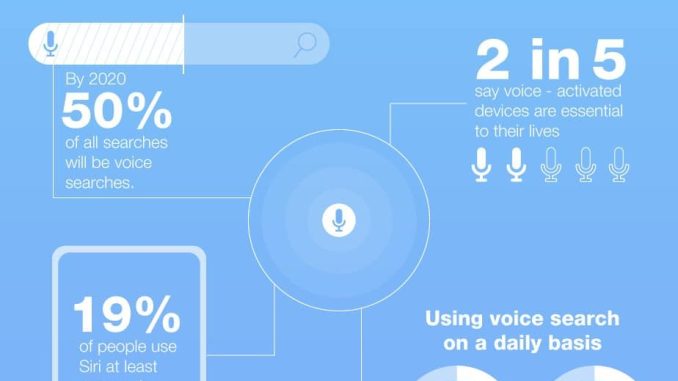
Voice search is rapidly becoming the preferred method of search for many users. With the rise of virtual assistants like Siri, Alexa, and Google Assistant, optimizing your website for voice search has never been more important. In this article, we will explore advanced SEO tactics to help you tailor your content for voice search and stay ahead of the competition.
Understand User Intent
When it comes to voice search, understanding user intent is crucial. People tend to use more conversational language when speaking compared to typing. This means that you need to optimize your content for natural language queries.
Start by researching common questions related to your industry or niche. Use tools like Answer the Public or Google’s People Also Ask feature to identify relevant queries that users might ask. Incorporate these questions and answers into your content to better match the user’s intent.
Long-Tail Keywords
Long-tail keywords are more specific phrases that users are likely to use in voice search. These keywords are less competitive and can help you target a more specific audience. Incorporate long-tail keywords into your content to improve your chances of appearing in voice search results.
Focus on answering specific questions or providing detailed information that aligns with long-tail keywords. This will not only help you rank higher in voice search results but also improve the overall user experience.
Local SEO Optimization
Voice search is often used to find local businesses or services. Optimizing your website for local SEO can help you attract users who are searching for nearby businesses. Make sure to include relevant local keywords, such as city or neighborhood names, in your content.
Create a Google My Business profile and include important information like your address, phone number, and business hours. This will make it easier for users to find and contact you through voice search results.
Featured Snippets
Featured snippets are the boxed content that appears at the top of search results, often answering a specific query. Optimizing your content to appear as a featured snippet can improve your visibility in voice search results.
To optimize for featured snippets, focus on creating concise and informative content that directly answers common questions. Use structured data markup to help search engines understand the context of your content and increase your chances of being featured in voice search results.
Mobile Optimization
Mobile optimization is essential for voice search, as most voice searches are performed on mobile devices. Make sure your website is mobile-friendly and loads quickly to provide a seamless user experience.
Optimize your website for voice search by improving site speed, using mobile-friendly design, and implementing responsive layouts. This will not only improve your SEO ranking but also enhance the overall user experience for mobile users.
Conclusion
Optimizing for voice search requires a strategic approach that focuses on understanding user intent, targeting long-tail keywords, optimizing for local SEO, and aiming for featured snippets. By implementing these advanced SEO tactics, you can stay ahead of the competition and improve your visibility in voice search results.
Keep in mind that voice search is constantly evolving, so it’s essential to stay up to date with the latest trends and techniques. By following these advanced SEO tactics, you can future-proof your website and attract more users through voice search.